Back to Courses
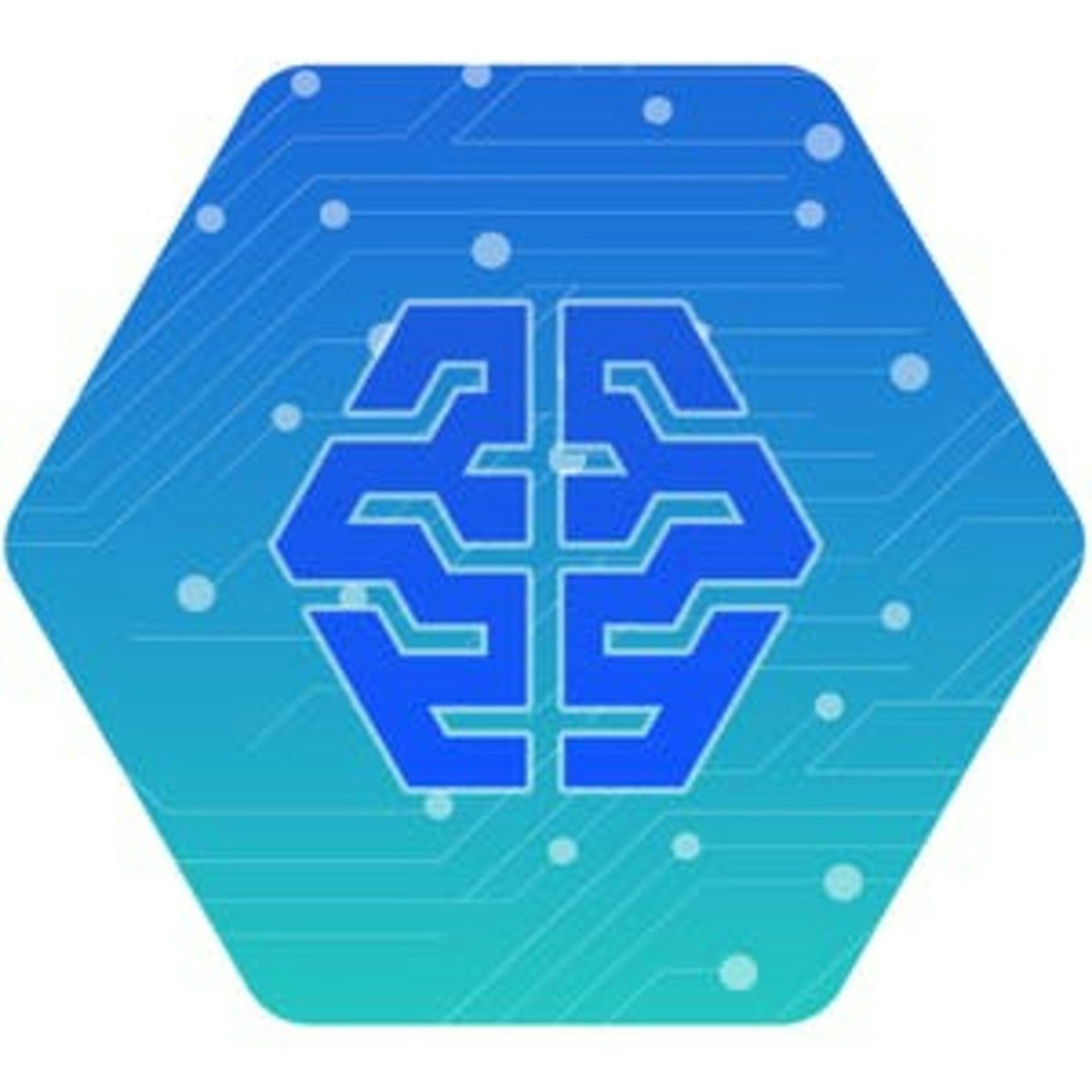

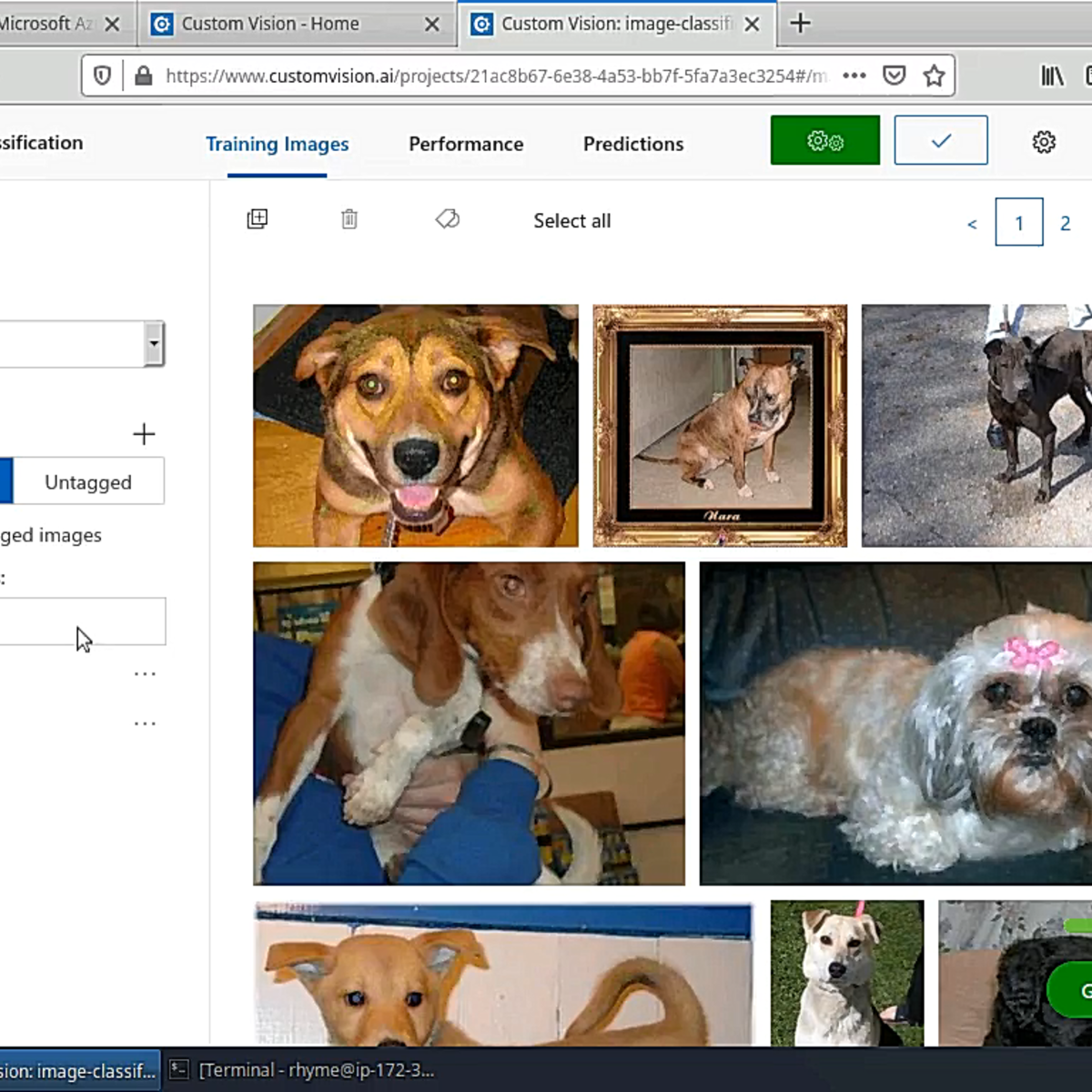


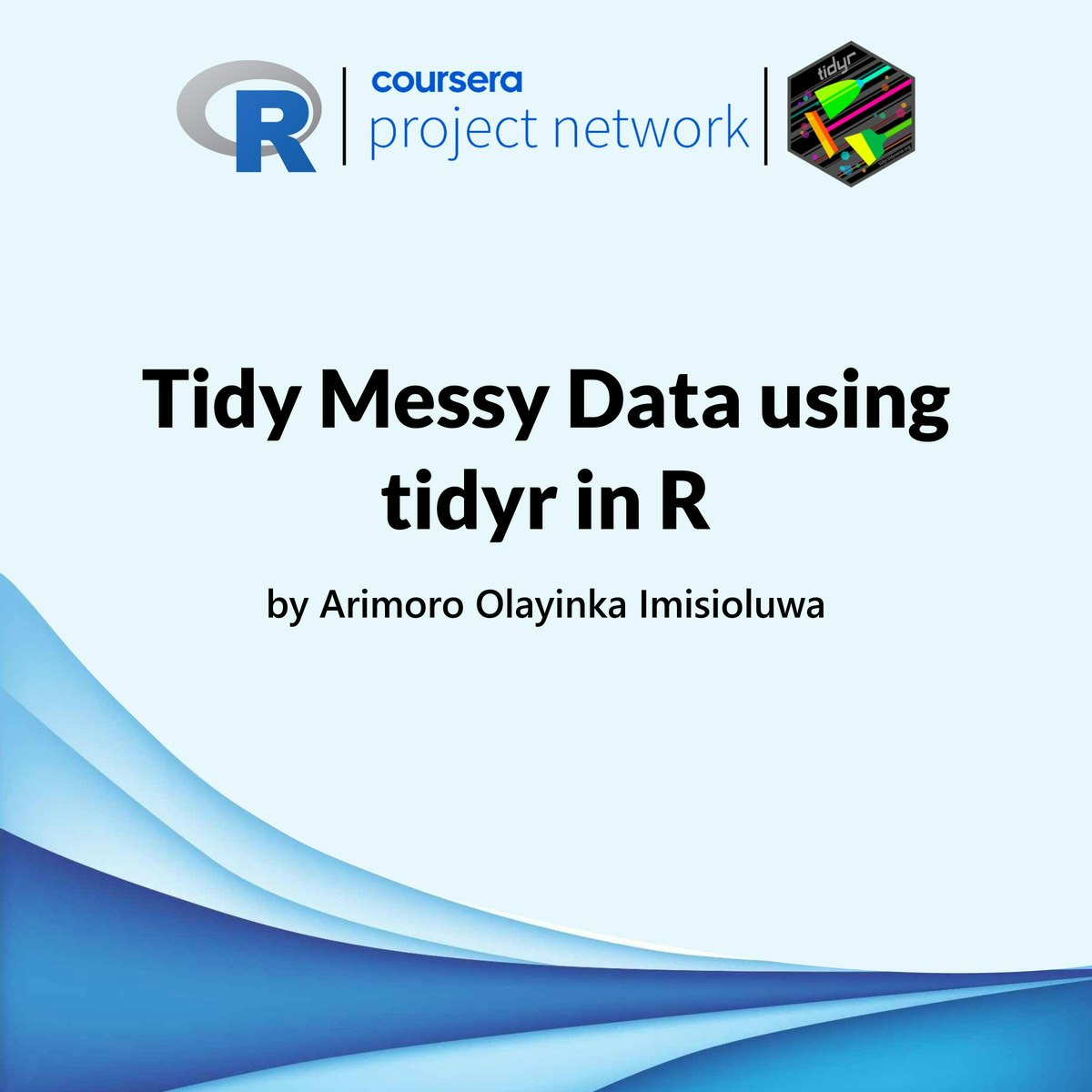
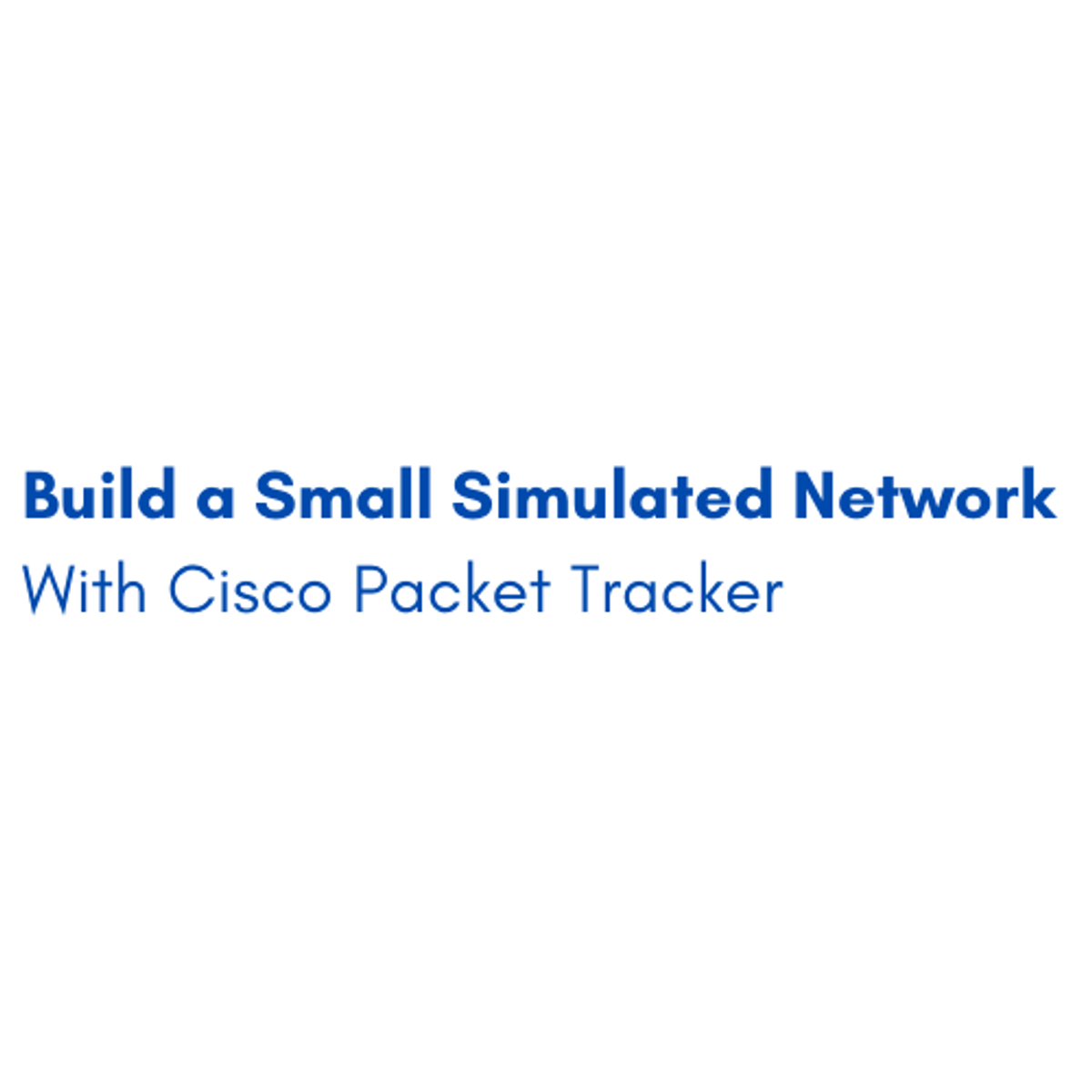
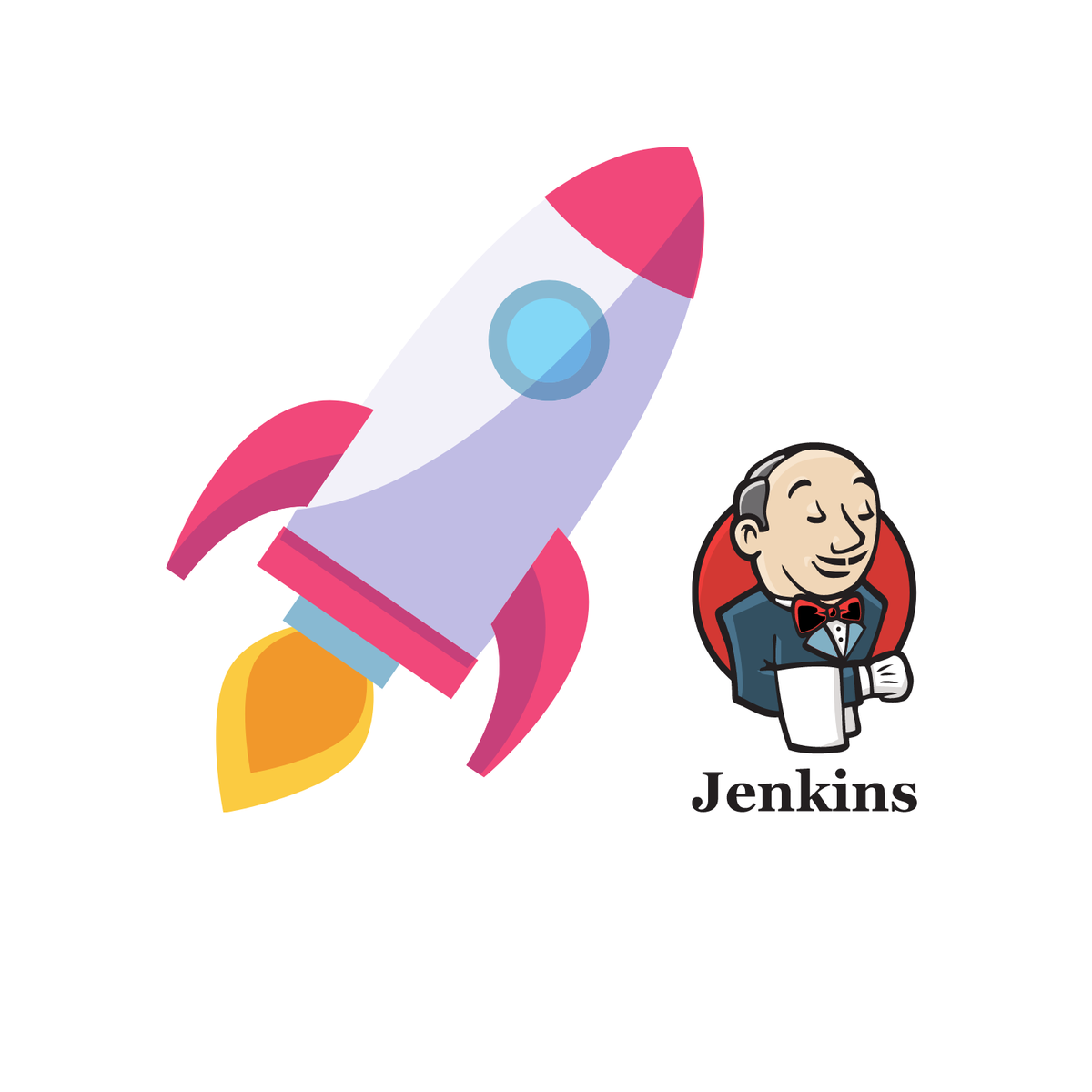

Information Technology Courses - Page 20
Showing results 191-200 of 1471

Exploratory Data Analysis for Machine Learning
This first course in the IBM Machine Learning Professional Certificate introduces you to Machine Learning and the content of the professional certificate. In this course you will realize the importance of good, quality data. You will learn common techniques to retrieve your data, clean it, apply feature engineering, and have it ready for preliminary analysis and hypothesis testing.
By the end of this course you should be able to:
Retrieve data from multiple data sources: SQL, NoSQL databases, APIs, Cloud
Describe and use common feature selection and feature engineering techniques
Handle categorical and ordinal features, as well as missing values
Use a variety of techniques for detecting and dealing with outliers
Articulate why feature scaling is important and use a variety of scaling techniques
Who should take this course?
This course targets aspiring data scientists interested in acquiring hands-on experience with Machine Learning and Artificial Intelligence in a business setting.
What skills should you have?
To make the most out of this course, you should have familiarity with programming on a Python development environment, as well as fundamental understanding of Calculus, Linear Algebra, Probability, and Statistics.

Smart Analytics, Machine Learning, and AI on GCP
Incorporating machine learning into data pipelines increases the ability of businesses to extract insights from their data. This course covers several ways machine learning can be included in data pipelines on Google Cloud depending on the level of customization required. For little to no customization, this course covers AutoML. For more tailored machine learning capabilities, this course introduces Notebooks and BigQuery machine learning (BigQuery ML). Also, this course covers how to productionalize machine learning solutions using Vertex AI. Learners will get hands-on experience building machine learning models on Google Cloud using QwikLabs.

Exploratory Data Analysis in R
In this 1-hour long project-based course, you will learn how to do basic exploratory data analysis (EDA) in R, automate your EDA reports and learn advanced EDA tips
Note: This course works best for learners who are based in the North America region. We’re currently working on providing the same experience in other regions.

AutoML for Computer Vision with Microsoft Custom Vision
Welcome to this hands-on project on using Microsoft’s Custom Vision service for automated machine learning or AutoML as it’s popularly known. In this project, you are going to use Microsoft’s drag and drop tool to train your computer to recognize images of dogs and cats. We are going to do all of this without writing a single line of code! To take this guided-project, you do not need a background in computer science, machine learning or coding.
The only prerequisite for this project is that you have a Microsoft Azure account. If you don’t already have one, you will have to sign up for it.
Note: This course works best for learners who are based in the North America region. We’re currently working on providing the same experience in other regions.

Operations and Patient Safety for Healthcare IT Staff
Now that you've been introduced to the world of Health IT and the important role played by electronic health records (EHRs), we'll focus on other technologies that play a role in maintaining ongoing operations in healthcare. Telemedicine, patient portals, barcode scanners, printers, and medical devices are just some of the technologies that impact providers and patients. As an IT support specialist, you’ll be asked to troubleshoot issues with a wide variety of tools. You'll see a scenario with a medical device installation where issues related to IP addresses, networking, and MAC addresses come up.
When there are disruptions in technology, you’ll need to use training, tip sheets, and problem-solving skills to determine how best to handle the situation. Supporting a high reliability organization means being familiar with the existing processes and protocols for handling calls, creating tickets, escalating issues, and resolving matters. We’ll introduce you to the concept of self-service tickets and the guidance given to hospital staff on how to submit a ticket. You’ll learn about the different priority levels for tickets as well as the tiers of IT support. When a call comes in, there are some important resources you’ll need to access in order to troubleshoot the problem. These can range from standard question templates to tip sheets to complex matrices and knowledge base articles (KBAs). Having these tools in your arsenal is essential as a Health IT support specialist. We‘ll also cover the JIRA process, the need for excellent documentation, and ways in which requests for change are communicated.

Linux on LinuxONE
This course is for Linux Systems Administrators, Architects and Developers who are already familiar with Linux components and everyday tasks, but need a primer on how to best take advantage of the LinuxONE platform. This includes working with the hardware, software, facilities, and processes unique to LinuxONE. It is comprised of videos, links to online resources, and a final test for a badge.

Tidy Messy Data using tidyr in R
As data enthusiasts and professionals, our work often requires dealing with data in different forms. In particular, messy data can be a big challenge because the quality of your analysis largely depends on the quality of the data. This project-based course, "Tidy Messy Data using tidyr in R," is intended for beginner and intermediate R users with related experiences who are willing to advance their knowledge and skills.
In this course, you will learn practical ways for data cleaning, reshaping, and transformation using R. You will learn how to use different tidyr functions like pivot_longer(), pivot_wider(), separate_rows(), separate(), and others to achieve the tidy data principles. By the end of this 2-hour-long project, you will get hands-on massaging data to put in the proper format. By extension, you will learn to create plots using ggplot().
This project-based course is a beginner to an intermediate-level course in R. Therefore, to get the most out of this project, it is essential to have a basic understanding of using R. Specifically, you should be able to load data into R and understand how the pipe function works. It will be helpful to complete my previous project titled "Data Manipulation with dplyr in R."

Build a Small Simulated Network With Cisco Packet Tracker
By the end of this project, you will create a small simulated network from scratch using Cisco Packet Tracer. You will be able to identify the basic fundamentals of computer networking and the very basic architecture behind the network devices (Routers and Switches). Moreover, you will learn and practice how to get all these devices and components connected together. Finally, you will be able to troubleshoot the issues and write some basic commands to get the network fully functioning. The skills gained from this project are very essential in the computer networking field.
Note: This course works best for learners who are based in the North America region. We’re currently working on providing the same experience in other regions.

Deploying Java-Maven Application With Jenkins CI/CD Tool
Jenkins is a powerful and flexible automation tool; It is used to automate almost anything.
It’s free and open source
It has a strong community with thousands of plugins you can use
Jenkins is used in a lot of companies, from startups to enterprises
In this guided project through hands-on, practical experiences, you will go through concepts like --
1. Deploying Java-Maven application using Jenkins freestyle
2. Deploying Java-Maven application using Jenkins DSL and Jenkins Pipelines (Jenkinsfile). Jenkins Pipeline is a new way of using Jenkins, the DevOps way!
3. Triggers in Jenkins
If you are starting your DevOps journey, Jenkins is a must-have skill.

Internal Load Balancer
This is a self-paced lab that takes place in the Google Cloud console. Internal Load Balancer offers you the possibility to load balance TCP/UDP traffic without exposing your VMs via a public IP to the Internet. In this lab we will create a public-facing web server to serve the result of a simple web application.
Popular Internships and Jobs by Categories
Browse
© 2024 BoostGrad | All rights reserved


